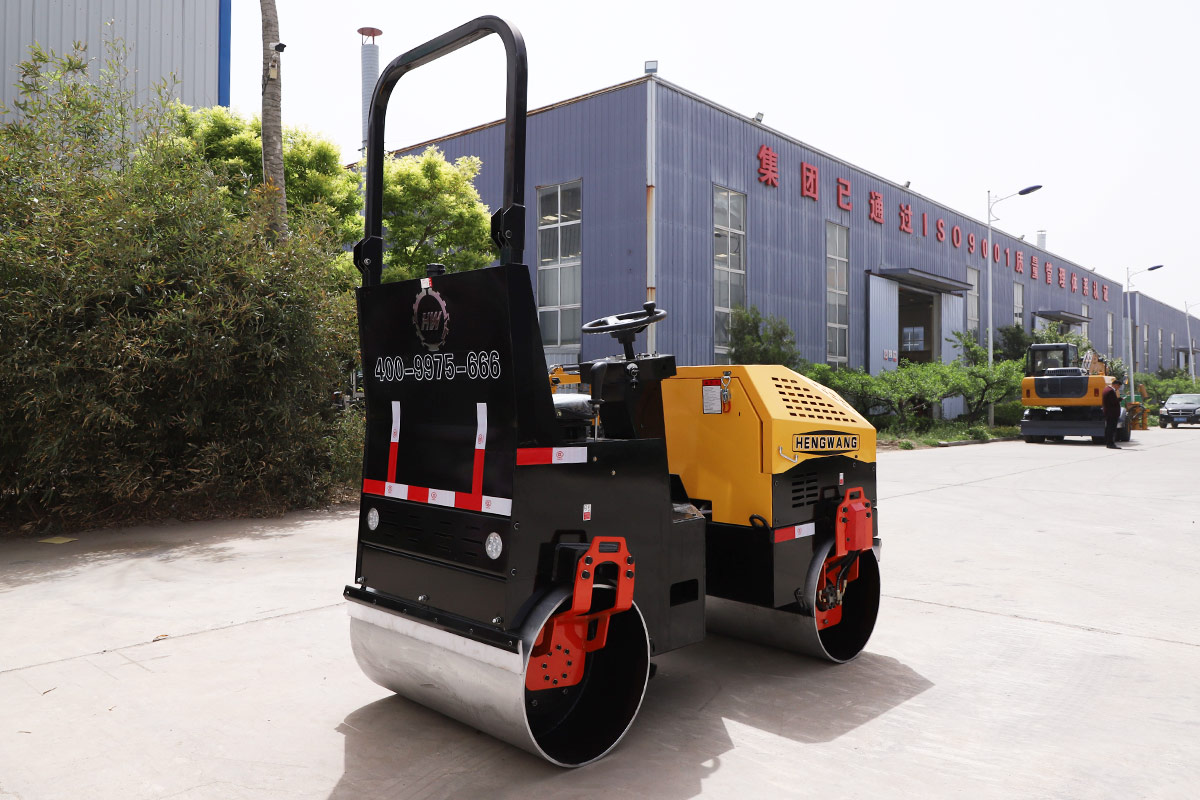What are the differences between tire rollers and steel wheel rollers
Jan 16, 2023

The road roller is also called a soil compactor, which is a common construction machine. With its own mechanical gravity, it can deform and compact the rolled layer. It is widely used in mines, highways, railways, airport runways, dams, stadiums and other large-scale The filling compaction operation of engineering projects can roll sandy, semi-cohesive and cohesive soils, roadbed stabilized soils and asphalt concrete pavement layers. Road rollers are divided into two types: steel wheel type and tire type. Today, I will take you to understand the difference between tire rollers and steel wheel rollers, and what are the differences.
1. Different structure
1. Wheeled road roller
The tire roller is a kind of machine that compacts the road with multiple pneumatic tires. The machine roller adopts pneumatic tires, generally 3 to 5 front wheels and 4 to 6 rear wheels. If the inflation pressure is changed, the grounding pressure can be changed, and the pressure adjustment range is 0.11-1.05 MPa.
2. Steel wheel roller
The roller structure of the steel wheel roller includes smooth roller, groove roller and sheep foot roller. Smooth milling is widely used, mainly for compaction of pavement surface. According to the layout of the axles, there are single-axle single-wheel, double-axle double-wheel, double-axle three-wheel and three-axle three-wheel etc. types. Mechanical equipment that uses its own gravity and vibration to compact various building and road construction materials. In road construction, vibrator is suitable for compacting various non-cohesive soil, crushed stone, crushed stone mixture and various asphalt concrete materials, so it is widely used.
2. The difference between the characteristics
1. Wheeled road roller
The ground specific pressure can be adjusted by increasing or decreasing the counterweight and tire pressure to adapt to the compaction of different materials. 3. The third gear is forward and the second gear is reverse, and the speed can be changed between 5.33-22.05km/h, which is convenient for construction and transition. 4 The front wheels adopt mechanical swing suspension. With driving brake and parking brake, the braking performance is reliable. The panoramic cab with a wide view has good sound insulation and vibration reduction effects.
2. Steel wheel roller
It adopts articulated frame, hydraulic travel, hydraulic vibration, and full hydraulic steering system. With two vibration frequencies and two levels of amplitude, it can be adapted to the compaction of layers of different thicknesses and various materials. Imported hydraulic pumps, hydraulic motors and vibration bearings are used to ensure the reliability of the whole machine. The frame and hood are optimized for easy maintenance and repair. With three levels of vibration reduction, the cab is sealed and sound-insulated, making driving more comfortable.
In addition, tire-type road rollers have not only vertical compaction force, but also horizontal compaction force. These horizontal compaction forces act not only in the direction of travel, but also in the transverse direction of the machine. The degree of compactness that can be obtained due to the force of compaction that moves material particles in all directions. The action of these forces, combined with a "kneading action" created by the rubber tires, produces excellent compaction. If the asphalt mixture is compacted with a steel wheel roller, the contact of the steel wheel will form a "bridge-crossing" phenomenon between the large particles of the asphalt mixture, and the gap left by this "bridge-crossing" will produce unevenness. compacted.
